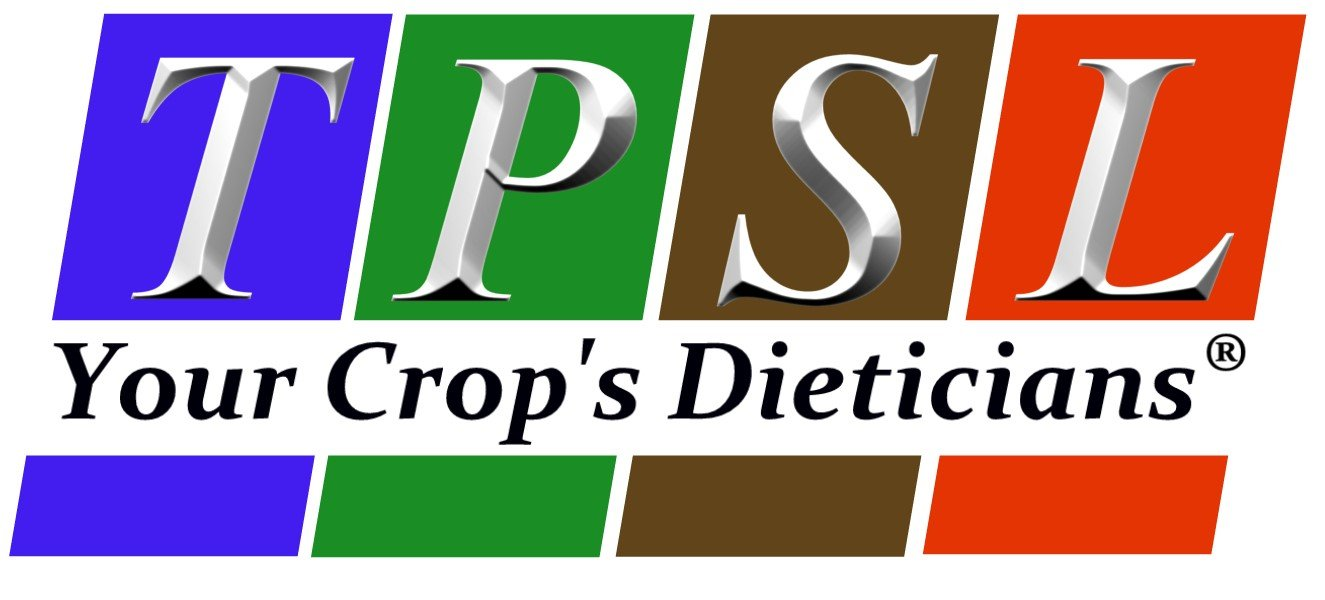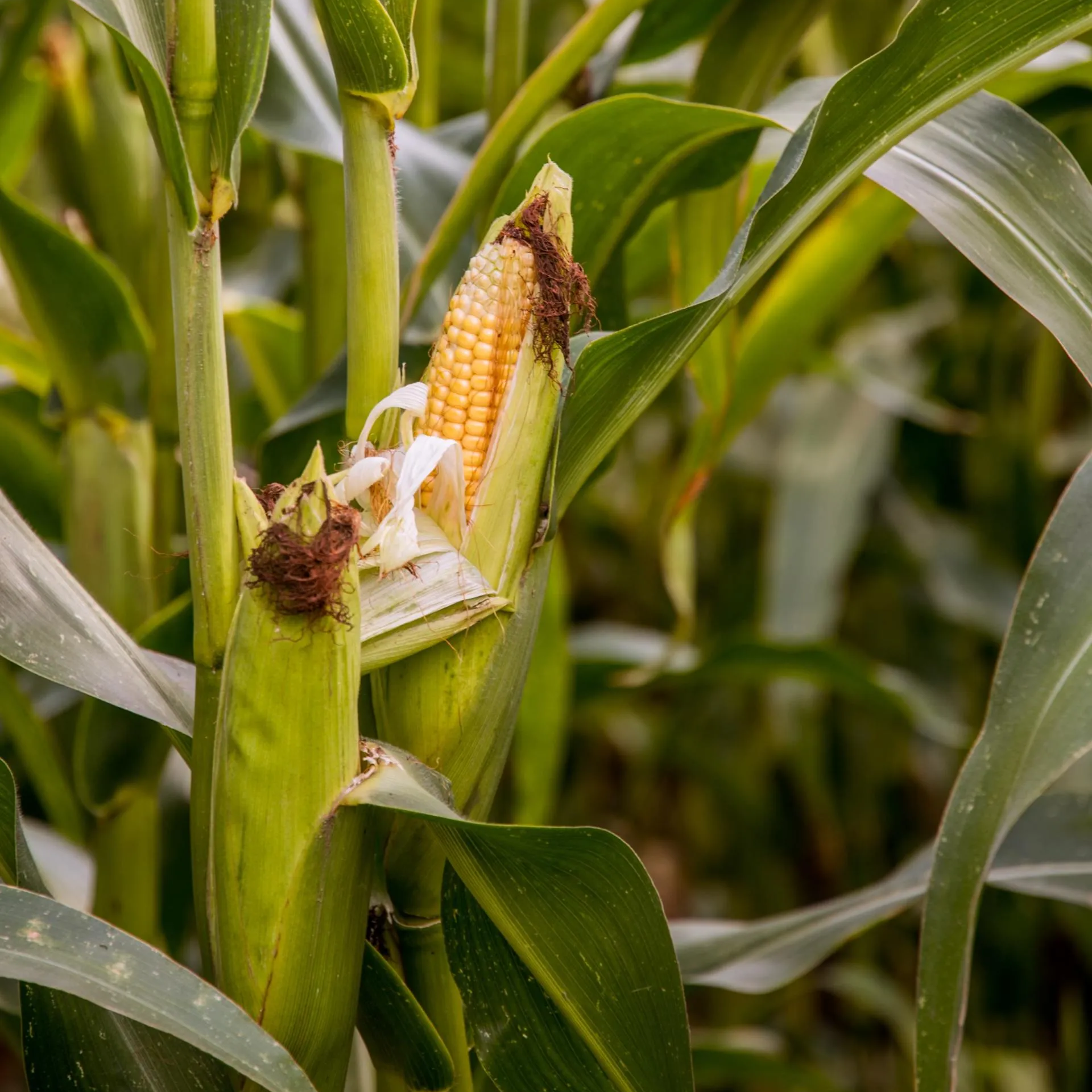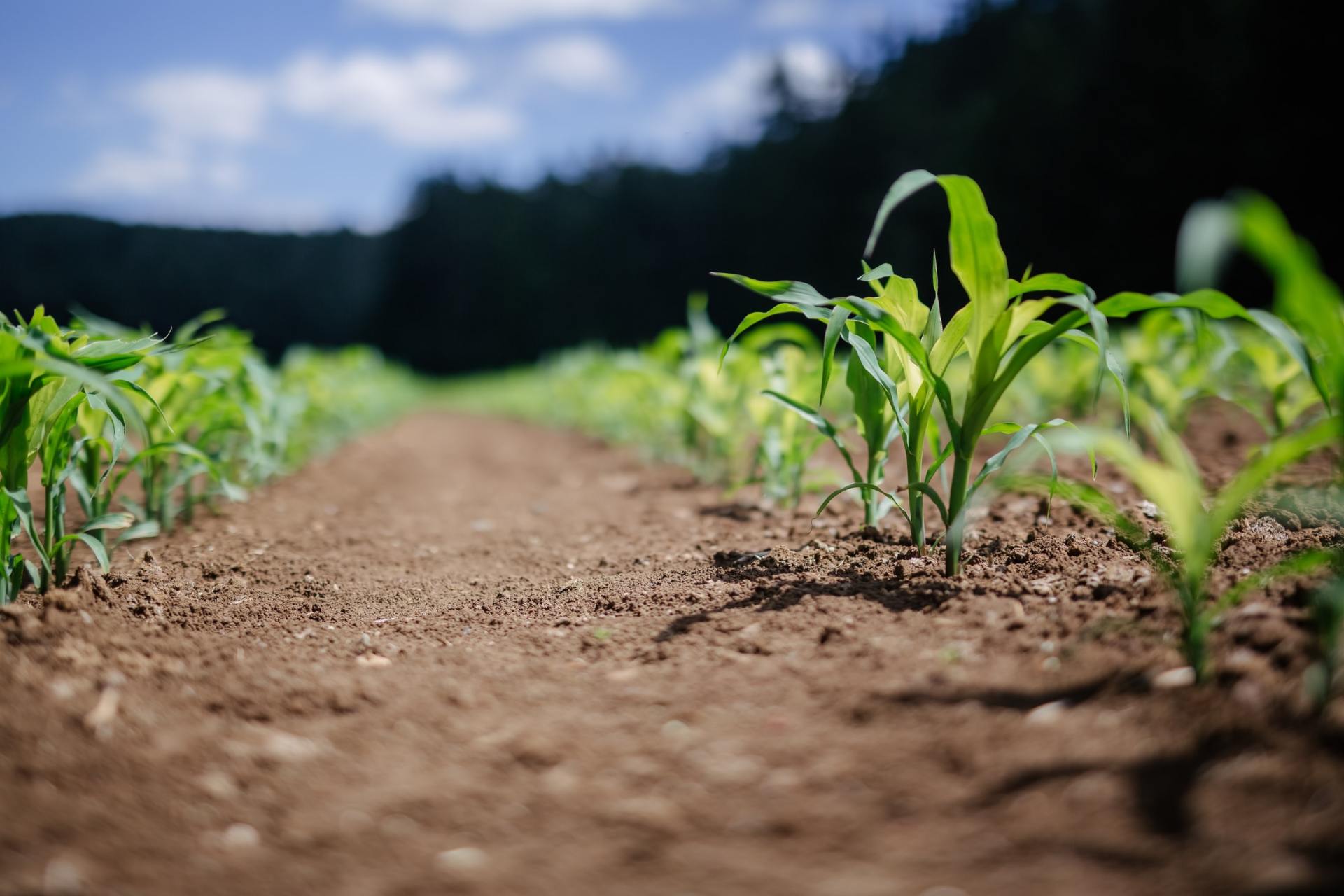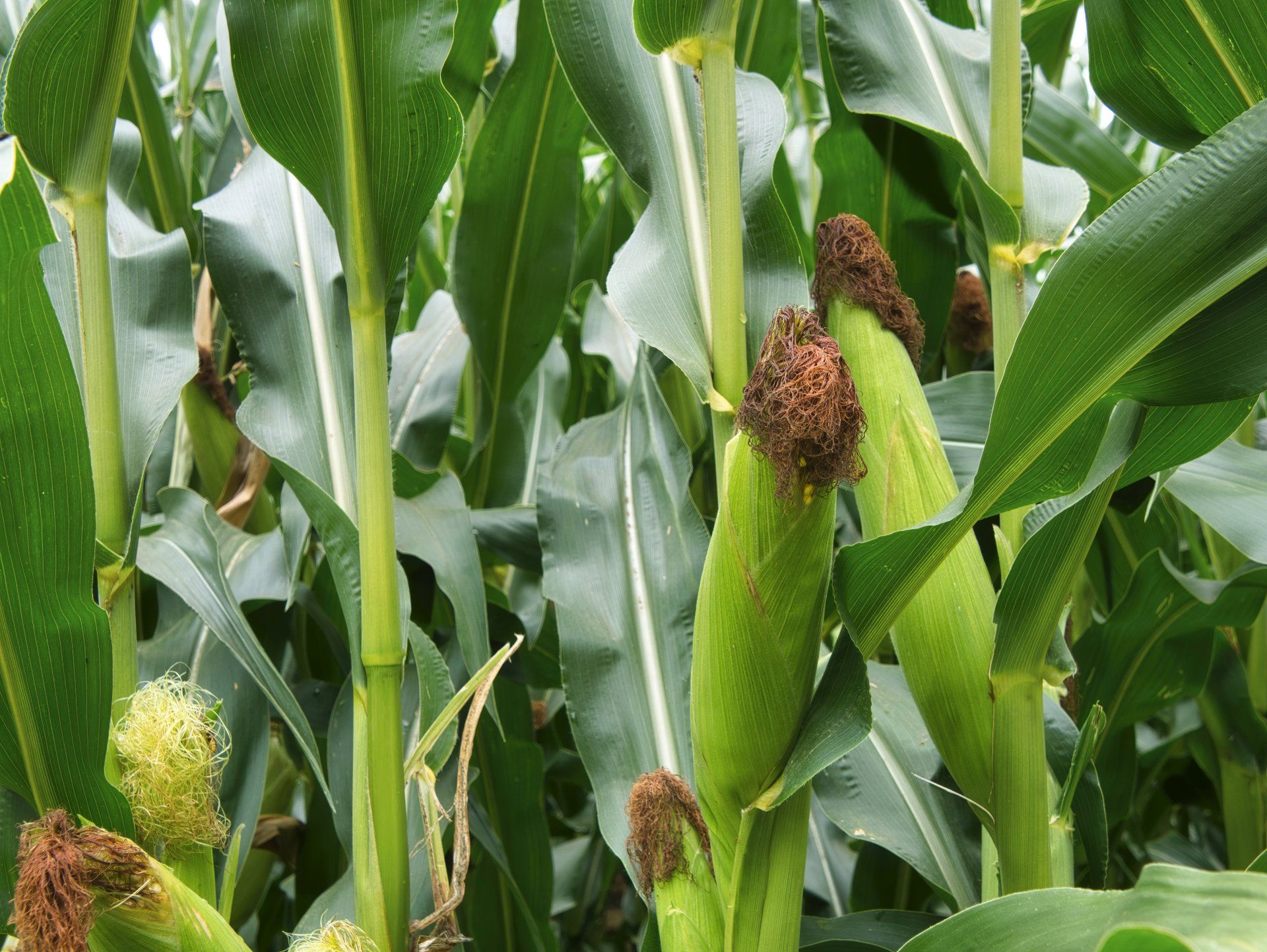Crop Monitoring Programs to help you plan your season.
Corn is a staple of American agriculture. In recent years the incentive to grow corn has increased dramatically. As interest in the biofuel market increases, many farmers have increased corn acreage, or shortened rotation plans, and modified production practices to grow more corn.
Intensification of corn production is placing much higher demands on soil fertility to keep up with the demand for corn, both grain and stover, for ethanol production. Removal of stover for cellulosic ethanol production means that few nutrients are returned to the soil in the form of crop residues, placing further demands on limited soil reserves of carbon and nutrient pools.
Corn has always had high nutrient demands and already puts a great strain on soil and fertilizer nutrient sources. Large quantities of N, P, K, Ca, Mg, and S are removed with the grain and stover. Trace elements are also removed and must be replaced. Trace elements are essential for producing a healthy crop and should be included in soil and plant tissue testing.
Nutrients Removed by Corn Grain and Stover
| Grain Yield (bu./A) | N | P | K |
|---|---|---|---|
| 100 | 110 | 40 | 35 |
| 150 | 135 | 65 | 50 |
| 200 | 175 | 80 | 70 |
| Stover Yield (tons/A) | N | P2O5 | K2O |
|---|---|---|---|
| 3 | 72 | 26 | 104 |
| 5 | 115 | 44 | 162 |
| 7 | 160 | 57 | 220 |
* IMPORTANT NOTES ABOUT THIS TABLE *
♦ The numbers shown were compiled from several different sources and are approximate only. The table is presented for rough planning purposes. ♦ Actual demands for some of the nutrients shown can vary dramatically and be reduced, depending upon the timing of applications, soil and irrigation water chemistry, and growing conditions. ♦ To achieve best crop quality and yields, regular ASK THE PLANT® leaf testing at critical stages of physiological plant development during the growing season is crucial. ♦ To achieve yield goals, it is essential to accommodate the plants’ changing nutritional demands by providing adequate amounts of only those nutrients that are needed when they are needed.
Corn grows rapidly and careful planning for nutrition must be done to prevent nutrient deficiencies. Soil testing is necessary to ensure that adequate amounts of nutrients are present in the soil to provide complete nutrition during the critical stages of corn development. Soil testing and fertilization can be done ahead of planting, but if liming is to be done, that’s best done in the fall before a spring planting.
Once plants emerge, close monitoring should be done to see how well the nutrient needs are being met. At three weeks, 8-9 weeks (beginning silk), and at pollination, leaf testing should be done to determine how well nutrient needs are being met. Levels of nutrients determined at each of the stages can tell you whether the crop is on track to meet your yield goal. If a deficiency shows up in the analysis, there is time to remedy the condition before yield losses will occur.
Plant testing reveals deficiencies before yield losses occur, and before visual symptoms can be seen. By the time visual symptoms are seen, yield or quality losses are inevitable, but they can be minimized by prompt application of the deficient nutrients.
The SOIL TEST - A representative composite sample of the soil from the root zone is essential for a good soil test. Be sure to take a slice or core of soil 0-12” from several areas in the field, mix thoroughly and send 1/2 pint to the lab. The lab can only analyze what is in the sample, make it representative of the plant root zone. Subsoil (12-24”) should also be tested when Maximum Economic Yield is expected from Best Management Practices. When top and subsoil are tested as a pair, the subsoil fee is about 1/2 of topsoil fee.
Testing programs cost only about 1 to 2 bu/ac depending on the level of management and goals.
PLANT TESTING - Three Critical Stages in Corn.
1. LESS THAN 12” (V4 to V5 Stage) analyze entire plant for NPK plus minerals and micronutrients.
♦ Take 15 plants - wash off all dirt before wilting - air dry and place in paper (NO plastic) sacks for shipment to the lab.
♦ Take plants from a representative area of the field, one plant from every 5th row in a diagonal pattern across field, start at least 50’ inside fields, away from edges, do not mix problem areas. Sample problem areas separately.
♦ At this critical period, before plants form the embryo of the ear and determine how many rows of grain will be on the ear, needed nutrients (especially Zinc) can be adjusted to affect yield potential.
♦ Foliar apply a balanced formula fortified with deficient nutrients such as Zn-Mn-P-Mg-etc. plus adjuvants (growth aids, humic acid, microbes, energy (molasses), etc.).
♦ Also help overcome weather stress with plant growth hormones and enzymes in sprays. Only minimal rates are needed when sprayed directly on plants.
♦ By the 5-6 leaf stage, the embryo of the ear is forming – balanced nutrition adds rows of grain.
2. AT BOOT (R1 to Silking Stage) less than 15% of tassels or heads peaking out.
♦ Take 12 leaves from most recently mature leaf – (full dew lap (sheath) showing) - cut at dew-lap for entire leaf including base of mid rib - mature leaves will have most of the sheath showing.
♦ Take samples from the same area and pattern of field as before. At this point, the plant is entering maximum usage period of moisture and all nutrients.
♦ Apply foliarly or in water any deficient nutrient especially Zinc for 2. Nitrogen use efficiency and the proper plant growth. Hormones can stimulate root and grain growth.
3. AT POLLINATION (R2 Stage to darkening of silks) major need is nitrate or urea Nitrogen for grain filling.
♦ Take 12 ear leaves - same pattern and area as before – full leaves.
♦ NITROGEN, FOLIAR or WATER applied at this stage has increased yields - 15 to 20 bushels per acre when needed, only soil nitrate or urea (Soil and Foliar) works this late.
♦ This test evaluates how well this crop has been fed and is a tool for adjusting next year’s fertility program.
Join Our Mailing List
Thank you for joining our mailing list. You will now begin to receive event announcements, newsletters and all of our latest updates.
Please try again later.
Email Us
For general inquiries and questions, contact us via email.
(956) 383-0739info@tpslab.com
Refund Policy
Billing Terms and Conditions
All Rights Reserved | TPSL







